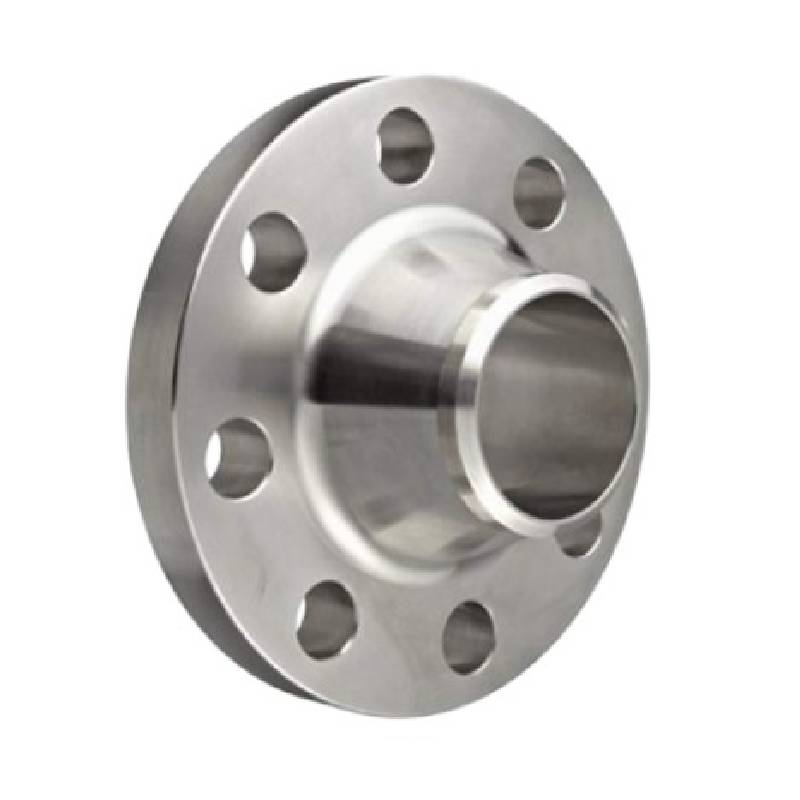-
Cangzhou Yulong Steel Co., Ltd.
-
Phone:
+86 13303177267 -
Email:
admin@ylsteelfittings.com
- English
- Arabic
- Italian
- Spanish
- Portuguese
- German
- kazakh
- Persian
- Greek
- French
- Russian
- Polish
- Thai
- Indonesian
- Vietnamese
- Zulu
- Korean
- Uzbek
- Hindi
- Serbian
- Malay
- Ukrainian
- Gujarati
- Haitian Creole
- hausa
- hawaiian
- Hebrew
- Miao
- Hungarian
- Icelandic
- igbo
- irish
- Japanese
- Javanese
- Kannada
- Khmer
- Rwandese
- Afrikaans
- Albanian
- Amharic
- Armenian
- Azerbaijani
- Basque
- Belarusian
- Bengali
- Bosnian
- Bulgarian
- Catalan
- Cebuano
- China
- China (Taiwan)
- Corsican
- Croatian
- Czech
- Danish
- Esperanto
- Estonian
- Finnish
- Frisian
- Galician
- Georgian
- Kurdish
- Kyrgyz
- Lao
- Latin
- Latvian
- Lithuanian
- Luxembourgish
- Macedonian
- Malgashi
- Malayalam
- Maltese
- Maori
- Marathi
- Mongolian
- Myanmar
- Nepali
- Norwegian
- Norwegian
- Occitan
- Pashto
- Dutch
- Punjabi
- Romanian
- Samoan
- Scottish Gaelic
- Sesotho
- Shona
- Sindhi
- Sinhala
- Slovak
- Slovenian
- Somali
- Sundanese
- Swahili
- Swedish
- Tagalog
- Tajik
- Tamil
- Tatar
- Telugu
- Turkish
- Turkmen
- Urdu
- Uighur
- Welsh
- Bantu
- Yiddish
- Yoruba

Nov . 08, 2024 16:48 Back to list
flange factory
The Importance of Flange Factories in Modern Manufacturing
In today’s industrial landscape, the significance of flange production cannot be overstated. Flanges, which are mechanical components used to connect pipes, valves, pumps, and other equipment, play a critical role in ensuring the integrity and efficiency of piping systems. The production of flanges is typically the domain of specialized flange factories, which need to adhere to stringent quality standards, utilize advanced manufacturing technologies, and maintain robust supply chains to meet the demands of various industries.
Understanding Flanges
Flanges come in various shapes and sizes, designed to suit different applications and specifications. They are made from a variety of materials, including carbon steel, stainless steel, and plastic, each selected based on the environment in which they will be used. The most common types of flanges include welding neck flanges, slip-on flanges, blind flanges, and threaded flanges, among others. Each type serves a particular purpose in providing secure and leak-proof joint connections within piping systems.
The versatility of flanges makes them essential components in numerous sectors, including oil and gas, water treatment, chemical processing, power generation, and construction. With the increasing complexity of industrial systems and the push for higher efficiency and safety standards, the demand for high-quality flanges is on the rise.
The Role of Flange Factories
Flange factories serve as the backbone of flange production, employing skilled workers who utilize cutting-edge technologies to manufacture these critical components. The manufacturing process typically involves several stages, including design, material selection, machining, surface treatment, and quality control.
flange factory

Flange design is pivotal, as it must consider various factors such as pressure ratings, temperature tolerances, and the specific requirements of the application. Advanced CAD (Computer-Aided Design) software is often used to create precise drawings that guide the manufacturing process.
Material selection directly impacts the performance and durability of flanges. Factories must have access to a wide range of raw materials and ensure that they meet relevant industry standards, such as ASTM, ANSI, and ASME. This is crucial, especially in applications like oil and gas, where flanges must withstand extreme pressures and corrosive environments.
Once the materials are sourced, the manufacturing process begins. Techniques such as forging, casting, and machining are employed to create the final product. Each method has its advantages and is selected based on the type of flange being produced. For instance, forged flanges are known for their strength and resistance to cracking, making them ideal for high-pressure applications.
Quality control is an integral part of flange manufacturing, ensuring that each component meets the established specifications. Rigorous testing methods—such as pressure tests, ultrasonic testing, and visual inspections—are implemented to guarantee that the flanges are free from defects and capable of performing under the intended operating conditions.
Meeting Market Demands
Flange factories also face the challenge of adapting to the ever-changing market demands. With the rise of sustainability initiatives, many manufacturers are investing in eco-friendly practices and materials. Additionally, the globalization of supply chains requires these factories to be flexible and responsive to international market trends and customer needs.
In conclusion, flange factories play a vital role in the manufacturing ecosystem, producing essential components that ensure the safety and efficiency of various industrial processes. With technological advancements, growing market demands, and the need for stringent quality control, these factories are crucial in supporting industries worldwide. As we continue to rely on complex piping systems in a range of applications, the importance of well-manufactured flanges and the factories that produce them will only grow in significance.
Latest news
-
ANSI 150P SS304 SO FLANGE
NewsFeb.14,2025
-
ASTM A333GR6 STEEL PIPE
NewsJan.20,2025
-
ANSI B16.5 WELDING NECK FLANGE
NewsJan.15,2026
-
ANSI B16.5 SLIP-ON FLANGE
NewsApr.19,2024
-
SABS 1123 FLANGE
NewsJan.15,2025
-
DIN86044 PLATE FLANGE
NewsApr.19,2024
-
DIN2527 BLIND FLANGE
NewsApr.12,2024
-
JIS B2311 Butt-Welding Fittings LR/SR 45°/90° /180°Seamless/Weld
NewsApr.23,2024











